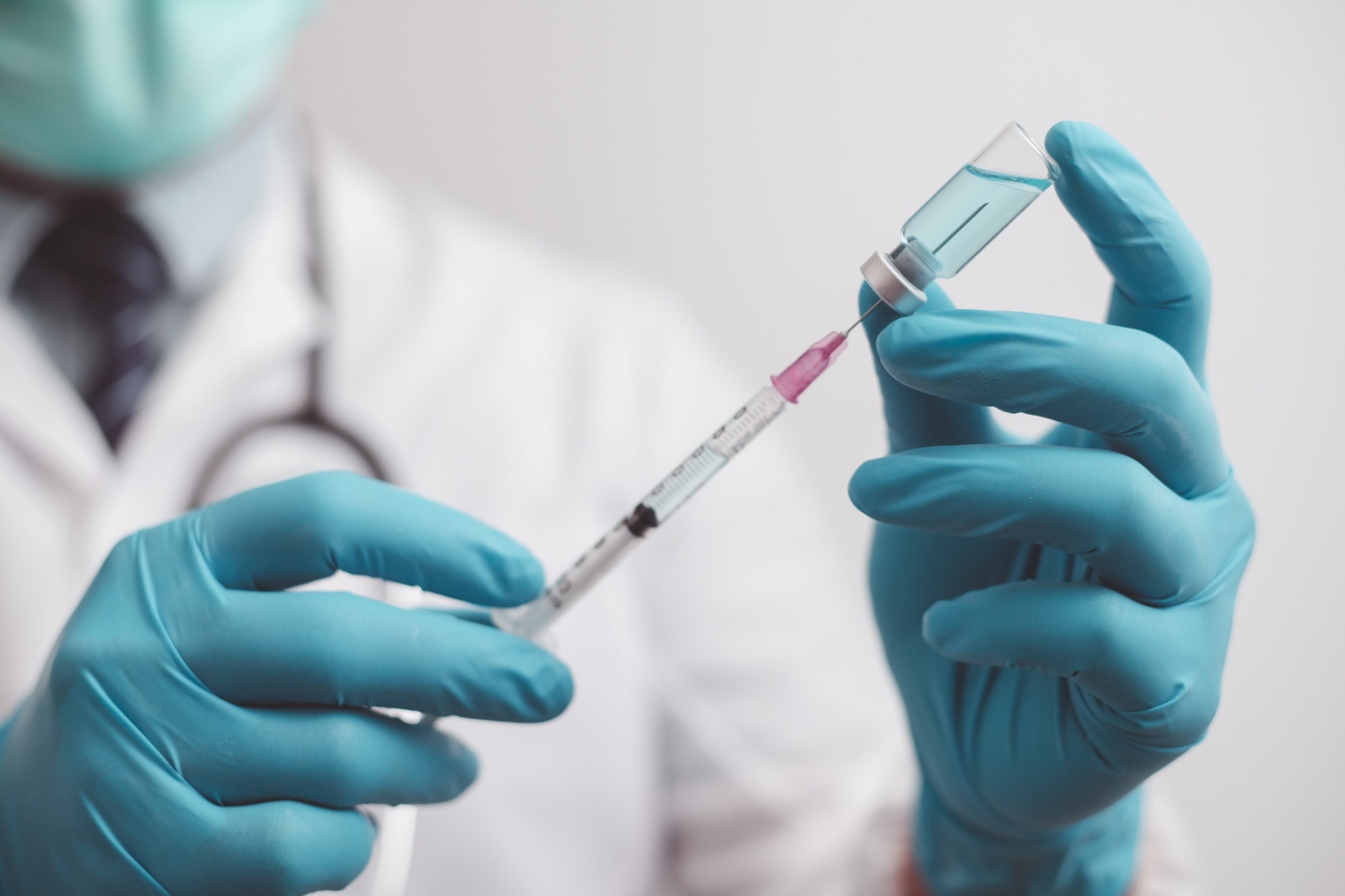In a recent study published in the Animals Journal, a group of researchers evaluated the efficacy of a bivalent vaccine against Aeromonas hydrophila (A. hydrophila) and Streptococcus agalactiae (S. agalactiae) in Nile tilapia through both laboratory and large-scale field tests in Brazil.
 Study: Bivalent Vaccine against Streptococcus agalactiae and Aeromonas hydrophila in Nile Tilapia (Oreochromis niloticus): A Laboratory-Phase and Large-Scale Study. Image Credit: Treecha/Shutterstock.com
Study: Bivalent Vaccine against Streptococcus agalactiae and Aeromonas hydrophila in Nile Tilapia (Oreochromis niloticus): A Laboratory-Phase and Large-Scale Study. Image Credit: Treecha/Shutterstock.com
Background
Nile tilapia, predominant in over 120 countries, comprises 63.93% of Brazil's fish cultivation. While cage farming offers high returns and easy management, high-density environments may impair water quality, leading to stressed and immunocompromised fish.
This makes them prone to diseases from opportunistic bacteria like A. hydrophila and S. agalactiae, which have severe economic implications. A. hydrophila results in hemorrhages and lethargy, while S. agalactiae, widespread in Brazil, can cause symptoms like erratic swimming and hemorrhages.
Reliance on antibiotics introduces environmental and health hazards. Hence, there is a need to further research into effective vaccinations as a more sustainable approach.
About the study
In Foz do Iguacu, Brazil, tilapias showing signs of bacteriosis were studied to isolate A. hydrophila and S. agalactiae strains. Organ samples were cultured for 48 hours at 30°C and subsequently identified using standard procedures. The VITEK® 2 Compact system was used for further strain identification, and specific kits identified the S. agalactiae serotypes
For molecular analysis, the Loop-Amplification-Mediated Purification (LAMP) technique was used. Deoxyribonucleic acid (DNA) was extracted from the bacteria cultured in yeast extract medium. Defined conditions and primer sequences were then used to amplify DNA from the bacterial strains.
A vaccine was formulated by inactivating the bacterial cultures and mixing them in particular ratios. The concoction was then tested for stability and long-term storage viability. Before the primary research, preliminary tests were conducted on 72 male tilapias in a controlled environment, mimicking real high-density fish farming conditions.
For the main study, 72 fish were divided into control and vaccinated groups. Both groups underwent different treatments, and their health was closely monitored. Thereafter, a larger field study involved 12,000 fish in cage setups, with half being vaccinated and the other half acting as controls.
Finally, a rigorous statistical analysis was conducted to determine vaccine efficacy, the survival rate, and other significant metrics, utilizing specialized software tools.
Study results
Biochemical tests yielded a 99% identification probability for A. hydrophila and 98% for S. agalactiae. Furthermore, the serotyping analysis indicated the isolated S. agalactiae was of serotype III.
Using the LAMP method with Symmetric Cyanine Bromide (SYBR) green fluorescence dye, positive reactions for both bacterial samples were confirmed, as visualized in agarose gel electrophoresis.
Post-vaccination, a significant agglutination was observed with vaccinated fish sera when tested against antigens from both bacteria, in contrast to the control group, which showed no agglutination.
Histopathological analysis of liver and spleen tissues from vaccinated and controlled tilapia revealed a range of responses, including white and red pulp hyperplasia, and no significant differences were found between the two groups.
Additionally, tissue analysis of the vaccinated group's intraperitoneal region showed several changes, such as collagen deposition and cartilage formation, while the control group presented different symptoms.
Regarding the efficacy of the bivalent vaccine, the laboratory experiment showed a significant protective effect with a vaccine efficacy of 93.66%. Field experiments echoed these results, showing a vaccine efficacy of 59.14%.
Post-vaccination, both control and vaccinated groups of fish experienced a decrease in food intake, which normalized by the next day. Vaccinated fish showed no significant clinical signs, whereas control fish exhibited various symptoms, such as hemorrhages and erratic swimming.
Regarding mortality, the vaccinated group had significantly lower death rates in laboratory and field settings. Specifically, the laboratory experiment revealed a mortality rate of 2.94% for the vaccinated group compared to 32.35% for the control.
Field experiments showed a further decrease in mortality rates, with vaccinated cages experiencing less than half the daily mortality rate compared to the control.
Lastly, there were no significant differences in weight between the two groups on the day of vaccination. However, 30 days post-vaccination, the vaccinated fish weighed significantly less than the control group.
This trend reversed 60 days after vaccination, with vaccinated fish outweighing the control group, albeit the difference was not significant. Field results demonstrated that vaccinated fish grew about 22% more in body mass than the control group.
Importantly, the vaccinated fish exhibited a better feed conversion ratio, highlighting their more efficient food-to-body mass transformation.